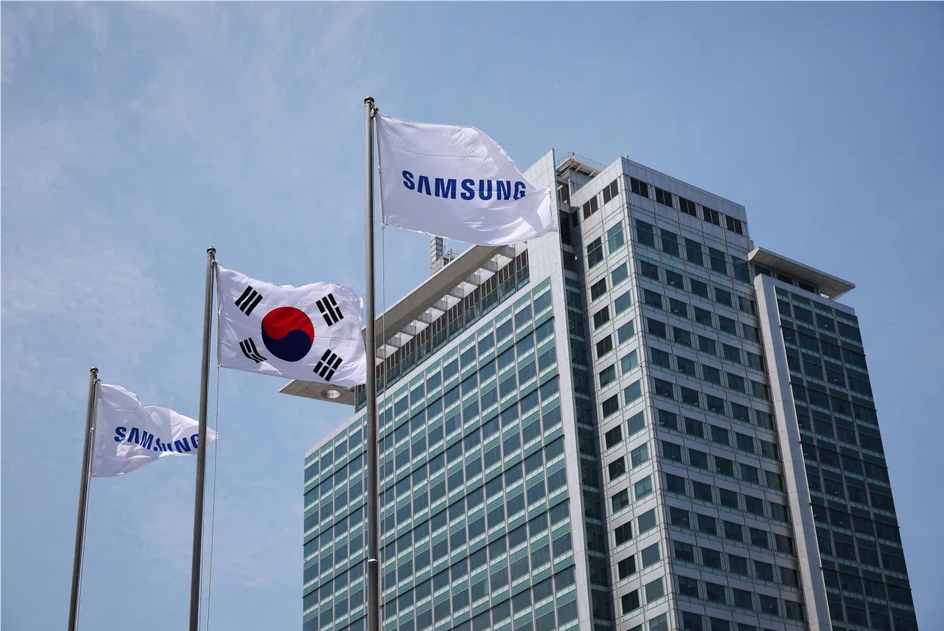June 30, 2025 /SemiMedia/ — The global semiconductor industry is on track to face a shortage of one million skilled workers by 2030, according to new data from SEMI.
In the U.S., the Semiconductor Industry Association expects a shortfall of 67,000 technicians and engineers. Europe could see a gap of over 100,000, while Asia-Pacific may lack more than 200,000 workers. The industry will also need 100,000 new mid-level managers and 10,000 senior executives.
Fewer students are entering semiconductor-related fields. In 2021, STEM enrollment in Germany dropped 6.5%. In 2018, the U.S. had just 13,767 electrical engineering graduates. Ireland saw only 742 new students enter that field in 2017.
Aging workforces and changing skill demands are worsening the gap. Companies now seek expertise in AI, machine learning, and embedded software, while demand for traditional circuit design is falling.
Major chipmakers including TSMC, Samsung, Intel, Infineon, NXP, STMicroelectronics, and GlobalFoundries are expanding production and hiring aggressively. Nearly 1 in 5 executives expect continued growth in the next four years and see low risk of oversupply.
To attract talent, around 73% of companies are adopting skills-based hiring, placing less weight on academic background. Some are recruiting from software and automation industries. Better pay, flexible work, and clear career paths are also being used to bring in talent.
In 2023, the U.S. launched the Workforce Partner Alliance, funded by the $5 billion National Semiconductor Technology Center. The program will award up to $2 million each to 10 workforce projects, with more rounds expected.
Experts warn that without faster investment in training and education, the industry may hit a talent bottleneck before 2030, limiting growth and capacity.












All Comments (0)